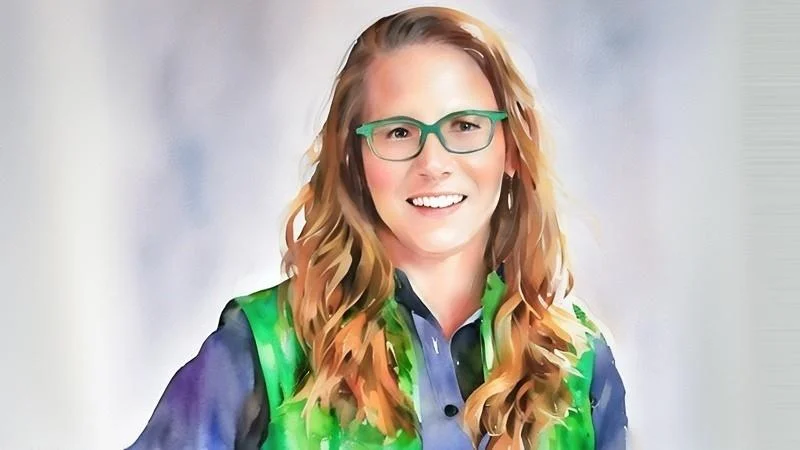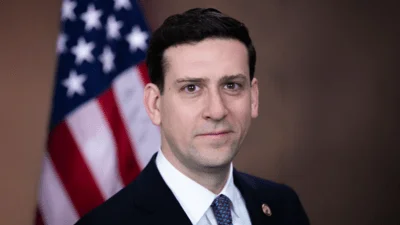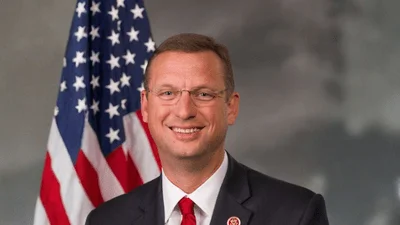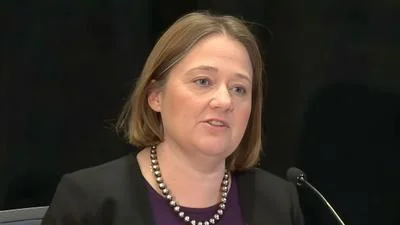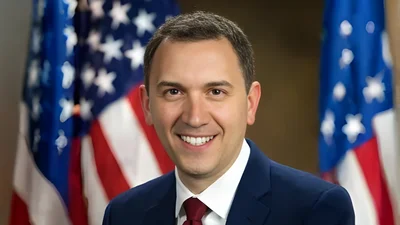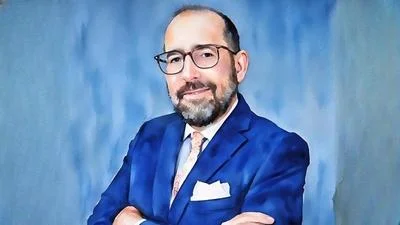Americans hear constant reminders to separate bottles and cans, yet many still question what happens next and whether it matters. Policymakers debate labeling rules and deposit systems, while manufacturers chase reliable domestic inputs. Kate Bailey, chief policy officer at the Association of Plastic Recyclers, says that recycling is “fundamentally about jobs” and supply chains—and she lays out how to make the system simpler and stronger.
Bailey grew up in Connecticut and earned her undergraduate degree at the University of Colorado Boulder in environmental policy and economics. She now leads policy work for APR across states and in federal discussions.
When skeptics ask whether plastics recycling works, Bailey says “by and large it happens,” she says. “We recycled 5 billion pounds of plastic packaging in the U.S. last year.” Curbside programs collect bottles, tubs, jugs, and jars, sort materials locally, and ship plastics to APR member companies. “We grind them up, wash them, flake them, and make them into pellets,” she says. “Your plastic water bottle can be recycled right back into a new plastic bottle… we repeat this cycle again and again.”
Her argument centers on the economic stakes. “Recycling is fundamentally about jobs,” she says. “You put that bottle in the recycling cart, it means jobs. It means domestic manufacturing. It means resiliency.”
She ties the argument to supply-chain security for metals and plastics used in computers, phones, cars, and pipes. “We want to recycle those back and get those right into U.S. manufacturing so we don’t have to buy those minerals from other countries,” she says. “About 40% of what feeds U.S. manufacturing is recycled materials.”
Market gaps show up starkly with cans, she says. “Less than 50% of aluminum cans are recycled across the country. Aluminum smelters want every single can back that they can get,” yet companies end up sourcing abroad when households fail to return them. Deposit-return systems and easier access points help close the loop for on-the-go beverages that never see a curbside bin.
Design matters as much as collection, according to Bailey. APR’s polymer scientists work with brands to make packages recyclable from the start. “Plastics recycling is a lot like doing the laundry,” she says. “Throw a red shirt in with the white laundry and a lot of pink comes out… we can only sell so much pink plastic.” Clear design rules and common packaging features raise yield and quality.
Structure matters too, she says, pointing to a shift toward industry-run statewide programs that set targets, fund access, and standardize education. “We’re in the middle of a big shift where industry is taking more leadership and ownership,” she says.
Bailey says Colorado’s 2022 law gives producers responsibility to meet statewide recycling goals. “Here’s your target. Make a plan. Go.” According to her, federal action should support harmonized data, definitions, and labels. “We need one set of labeling instructions across the country that’s super easy for people to understand,” she says.
Innovation keeps the loop profitable. Recycled plastics feed high-performance products, from drainage pipes that outlasts alternatives to paint cans molded from yogurt containers. “There’s really no limit to where we can use more recycled plastic,” she says, citing packaging, automotive parts, infrastructure, pallets, and carpet.
Bailey invites skeptics to watch the process up close. “Come see it,” she says. “It is a fascinating process. You walk away with a totally different understanding.”
